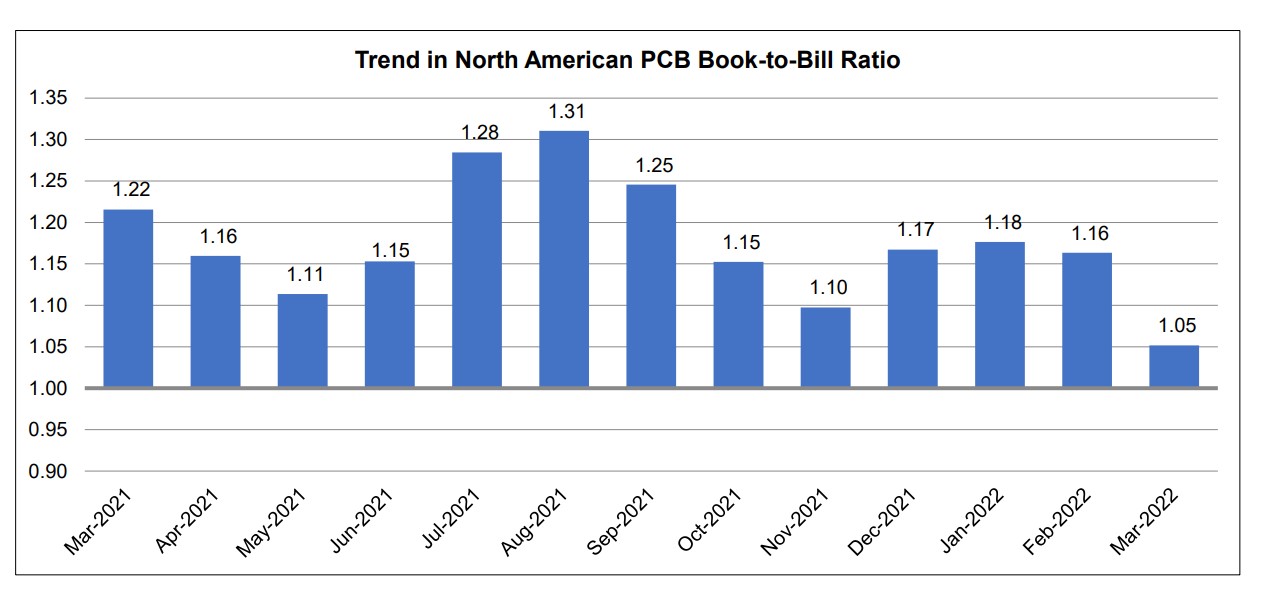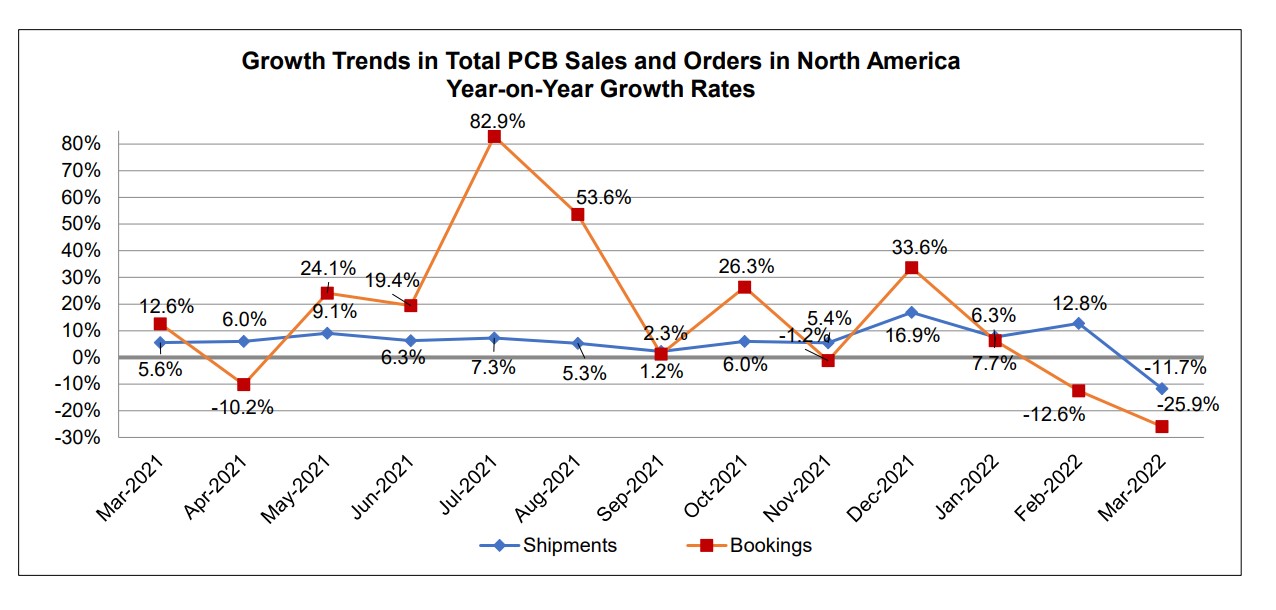In cooperation with InnoElectro, IPC hosted its popular Hand Soldering Competition (HSC), on March 29-31. Skilled competitors demonstrated their expertise in hand soldering printed circuit boards while competing for cash prizes. The first in-person trade show held in Hungary since the onset of the COVID pandemic, and the first time IPC held a competition at InnoElectro, the HSC welcomed 38 competitors, including 11 women and 27 men, representing 17 electronics companies from Hungary.
A technically challenging competition board was introduced this year, resulting in only seven of the 38 competitors successfully completing a functioning circuit board assembly.
On the winner’s podium at InnoElectro were:
First Place: Zsombok Péter Richard, BHE Bonn Hungary Elektronikai Kft. (Hungary), completing his board in 59 minutes scoring 539 points out of 558 possible points. He received a first-place certificate, cash prize of 300 euro, a soldering station from Hakko, and a gift from Almit.
Second Place: Vizi Zoltan, Tommi Invest Kft. (Hungary), completing his board in 51 minutes and 17 seconds with 532 points out of 558 possible points. He received a second-place certificate, a cash prize of 200 euro and a gift from Almit.
Third Place: Korpavàri Bence, Cserhati Sandor Technikum (Hungary), completing his board in 57 minutes with a score of 531 out of 558 possible points. He received a third-place certificate, a cash prize of 100 euro and a gift from Almit.
Best Company Team Award
IPC and its partner InnoElectro presented a new award, recognizing the best company team in hand soldering. Companies with two or three competitors were automatically entered in the best company competition. The best company award was determined by the best scores of the contestants from that company. This year, 13 companies with a total of 34 competitors were considered for the Best Company Award. The top prize was presented to Elektromont Kft. (Hungary), with the combined score of 944 against a maximum possible score of 1,116, completed within a total combined time of 112 minutes and 29 seconds (maximum time allowed 120 minutes).
IPC would like to thank Polygone CAO, who designed this year’s competition board in accordance with IPC-A-610 criteria and features 116 components which provided a significant challenge to contestants.
IPC-A-610 Master Instructors from Elas and Microsolder, the two IPC licensed master training centers in Hungary, served as competition judges for this year’s competition. IPC thanks Csàszàr Csaba, Microsolder; Bődi Béla, Elas; and Jakab Zoltán, Elas for their outstanding commitment throughout the competition.
IPC thanks HSC sponsors for their generous support:
- Gold Sponsors: Hakko, Atelier Systems and Thalès
- Silver Sponsors: Almit GmbH, Optilia, SFM-Société Française de Microscopie, and Polygone CAO
- Local Sponsors: InnoElectro, Elas and Microsolder.
Upcoming HSC competitions in Europe include:
- Regional Competition in Germany -- SMTconnect in Nuremberg from May 10-12, 2022
- Regional Competition in France -- Global Industrie in Paris from May 18-20, 2022.
“IPC thanks and congratulates all the participants and their companies for their interest and for taking up the challenge,” said Philippe Leonard, IPC Europe director. For more information on participating in next HSC competitions in Europe, contact Leonard at PhilippeLeonard@ipc.org. Registrations forms are available on the IPC’s HSC-dedicated page.



